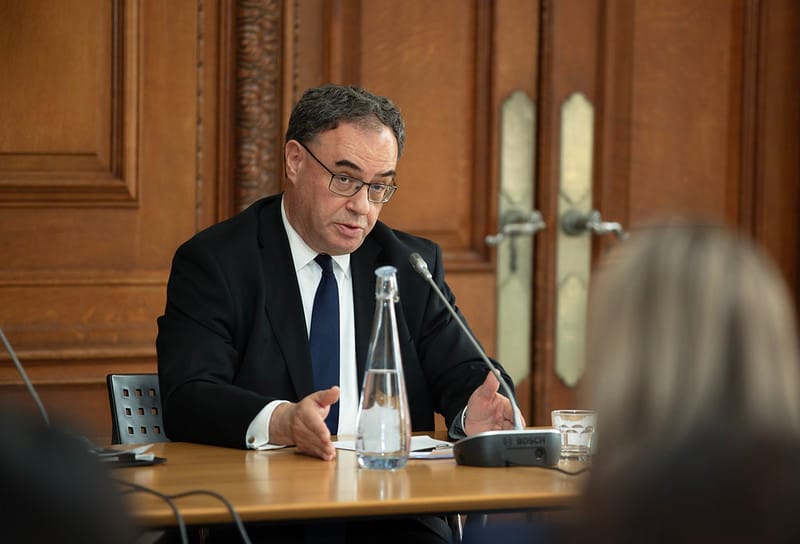Tracking CBDCs
Bank of England governor Andrew Bailey revealed that, even after more than five years of CBDC development, he has yet to be convinced that CBDCs are needed.

Central bank digital currencies (CBDCs) have received their fair share of critics. However, it’s interesting to see how these critics are sometimes central bankers themselves. The latest example comes to us from the United Kingdom. Bank of England governor Andrew Bailey revealed that, even after more than 5 years of CBDC development, he has yet to be convinced that CBDCs are needed.
The Headline Data
First, let’s look at the current state of the world. According to the Human Rights Foundation’s CBDC Tracker, 11 countries have CBDCs that are open to the public; 48 countries, 2 currency unions, and Hong Kong have CBDC pilot programs; and 73 countries, 2 currency unions, and Macao are researching CBDCs. As it stands, more than 3.2 billion people currently live where CBDCs are available to the public.
Digging Deeper
Speaking at a conference hosted by the National Bank of Ukraine, governor Bailey said, “I remain to be convinced that we need to create new forms of money—such as Central Bank Retail Digital Currency—to achieve” the “benefits of smart contracts in payments” and “the benefits of using digital technology to fight fraud.”
For proponents of CBDCs, Bailey’s perspective will be tough to dismiss. The Bank of England has spent years on CBDC development. For example, it has published discussion papers, created a CBDC Taskforce, partnered with the Bank for International Settlements, partnered with the Massachusetts Institute of Technology, and drafted a CBDC rulebook. And yet, even after investing all of this time, money, and attention to the issue for years, Bailey remains unconvinced.
Bailey is among the small but growing ranks of central bankers raising concerns about the rise of CBDCs. For example, the Federal Reserve’s Christopher Waller, Michelle Bowman, and Neel Kashkari have all expressed concerns about CBDCs. And that central bankers are increasingly raising concerns should give pause to even the most enthusiastic advocates. The fact that both insiders and outsiders are arriving at similar conclusions suggests there’s something fundamentally flawed in the CBDC proposition.
With that said, it’s important to note that Bailey is far from being considered a staunch critic, and his concerns do not mean there won’t be a CBDC in the United Kingdom’s future. He explicitly said, “I am not against Central Bank Retail Digital Currency.” Furthermore, Bailey added that he uses the term “central bank retail digital currency” intentionally here because the Bank of England is “well on the way to having wholesale central bank digital money.”
Looking Forward
While the good news is that there is no shortage of criticism for CBDCs, the bad news is that many countries are still moving toward launching CBDCs. New jurisdictions and new developments are constantly being added to the Human Rights Foundation’s CBDC Tracker. Before sinking more public money into CBDC development, governments should provide a clear answer to Bailey’s concern: What can a retail CBDC do that privately-issued money cannot? If that answer never comes, the prudent choice is to walk away.
This article originally appeared in Nicholas Anthony's Banking, Bureaucracy, and Beyond.






